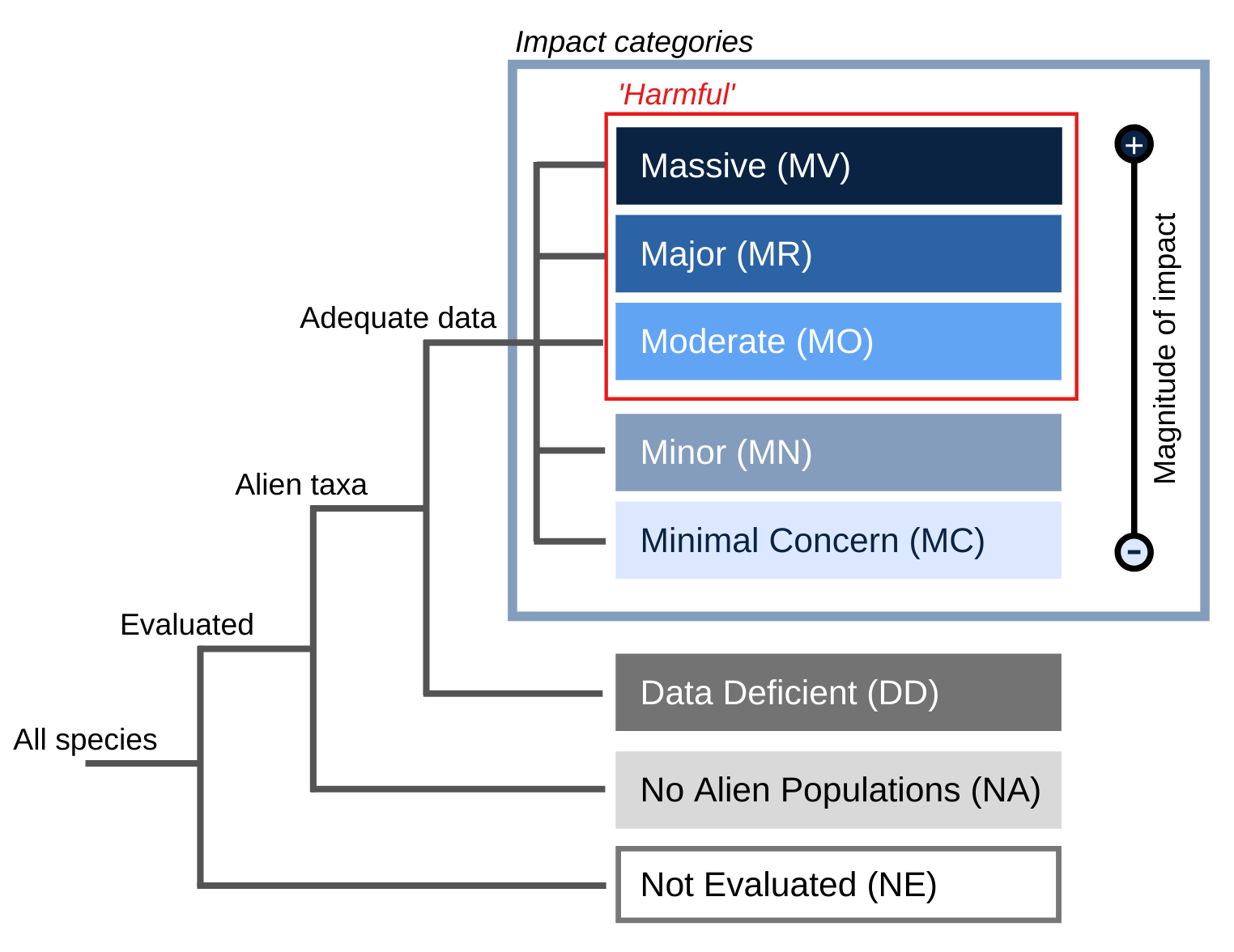Species Description
Rhamnus alaternus is an evergreen dioecious tree that grows up to 10 metres in height. Its stout stems have dark brown, thick, furrowed bark when old, but on younger plants it is pale (often purplish) and thin. It has glossy green, leathery, oval-shaped leaves that often have serrated or toothed edges and prominent veins. The pentamerous flowers are inconspicuous, pale green, fragrant, and 3-4mm in diameter. The abaxial surface of the calyx lobes of the flowers are usually red-edged. The fruit is a glossy, dark red, egg-shaped drupe that reaches lengths of 7mm and turns black when ripe, containing pale white seeds. R. alaternus is generally dioecious (Rottenberg 2000). However, there have been some reports of monoecy and hermaphroditism on individual trees in conspecific populations (Aronne and Wilcock 1995; Rottenberg 2000). R. alaternus is able to establish under light shade or in full sun. The taxon enters its reproductive phase in three years and has a fast growth rate (height increase of up to 800mm per year) (Auckland Regional Council 1999; Wotherspoon and Wotherspoon 2002; RNZIH 2004). Male plants were found to have greater growth rates than females in southern Italy (Aronne and Wilcock 1995).
Uses
Rhamnus alaternus is commonly used in reforestation programs in the Mediterranean, due to its fecundity and ability to survive in xeric environments (Gulias et al. 2004). R. alaternus was introduced to many areas of the Australasian-Pacific region as an ornamental plant (Auckland Regional Council, 1999). It has also been evaluated for use as an ornamental plant (Floyd 1974) and for windbreaks in citrus groves (Platt 1966) in the United States. The species was also used in ancient Mediterranean cultures for medicinal purposes (Dafni and Lev 2002; Stocker et al. 2004).
Habitat Description
Rhamnus alaternus is a sclerophyllous shrub that generally grows in areas with a Mediterranean-type climate (summer drought and intermittent winter rain), particularly coastal areas and bare rock. It can also grow beside streams, on forest margins, islands, and shrublands (Auckland Regional Council 1999). R. alaternus can also be found in the following habitat types: scrub, forest margins and plantations, hedges, woodlands, sunny edges, dappled shaded areas, and shady edges (RNZIH 2004; Plants for a Future 2002). In New Zealand, it is a weed of coastal areas and especially exposed cliff faces on offshore islands (PIER 2002).
Reproduction
Rhamnus alaternus flowers during early winter and early spring and produces fruits that ripen in late spring and early summer (Gulias et al. 2004). Although largely pollinated by insects, the dry pollen of R. alaternus suggests it is also transported by wind (Aronne and Wilcock 1995). The fruits consist of two to three seeds surrounded by an endocarp that opens when the fruit pulp is removed (Gulias et al. 2004). The seeds explosively eject from the endocarps upon ripening (Aronne and Wilcock 1995). In southern Italy, male plants were found in greater abundance than females, had a greater density of flowers, and flowered regularly every year (Aronne and Wilcock 1995). Female plants were found to produce fruit every other year (Aronne and Wilcock 1995).\r\nGermination of seeds of R. alaternus was unaffected when seeds were exposed to temperatures as low as 5 °C on the island of Mallorca, which is within its native range (Gulias et al. 2004). Seedling survival and post-dispersal seed predation, as opposed to seed viability, were considered to be the most limiting factors in the recruitment process of Rhamnus alaternus (Gulias et al. 2004).
Principal source:
Compiler: National Biological Information Infrastructure (NBII) & IUCN/SSC Invasive Species Specialist Group (ISSG) with support from the Terrestrial and Freshwater Biodiversity Information System (TFBIS) Programme (Copyright statement)
Review: Ryan Stewart Assistant Professor of Horticultural Ecophysiology Department of Natural Resources and Environmental Sciences University of Illinois at Urbana-Champaign, Illinois USA
Publication date: 2006-03-23
Recommended citation: Global Invasive Species Database (2025) Species profile: Rhamnus alaternus. Downloaded from http://www.iucngisd.org/gisd/species.php?sc=893 on 27-10-2025.

















